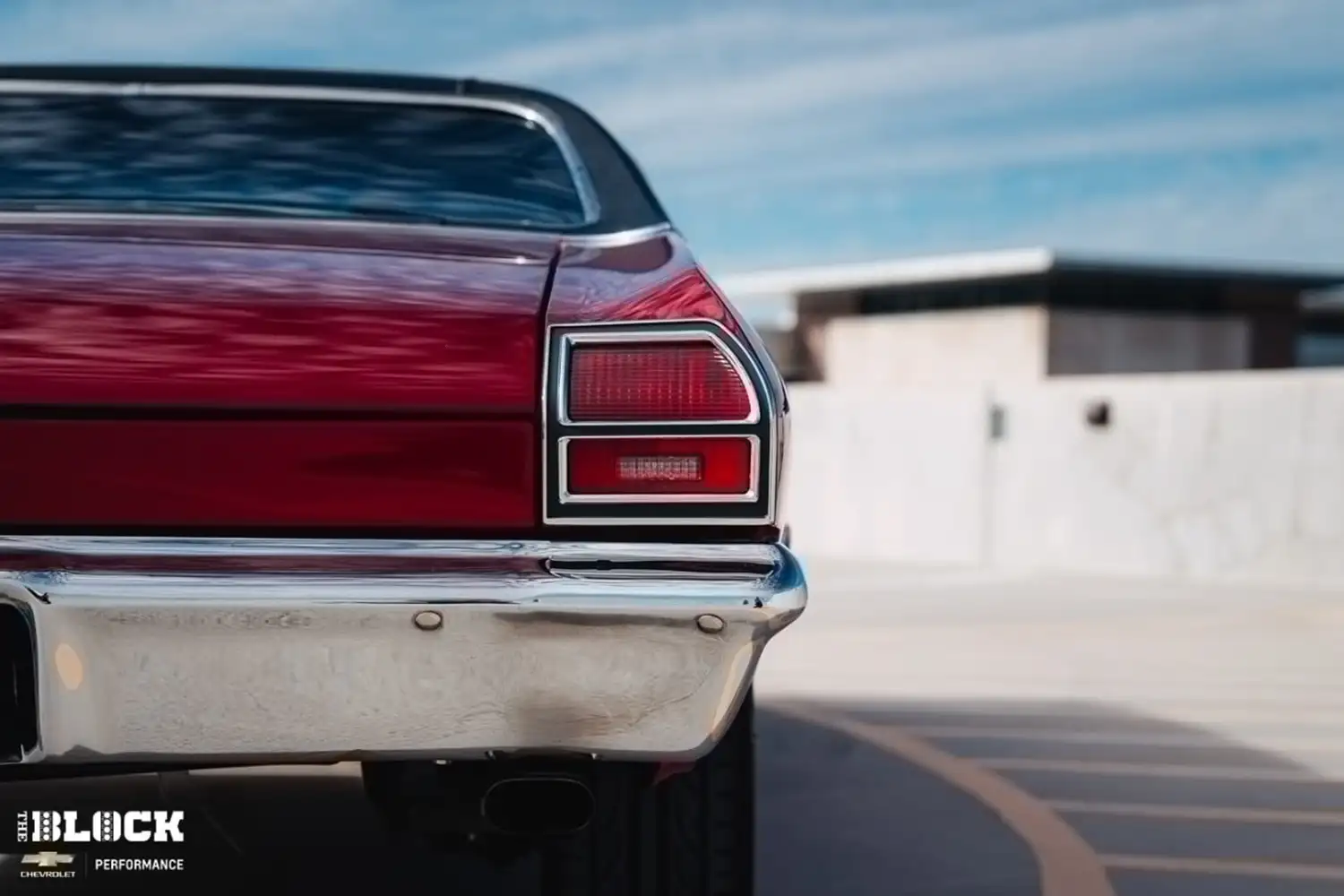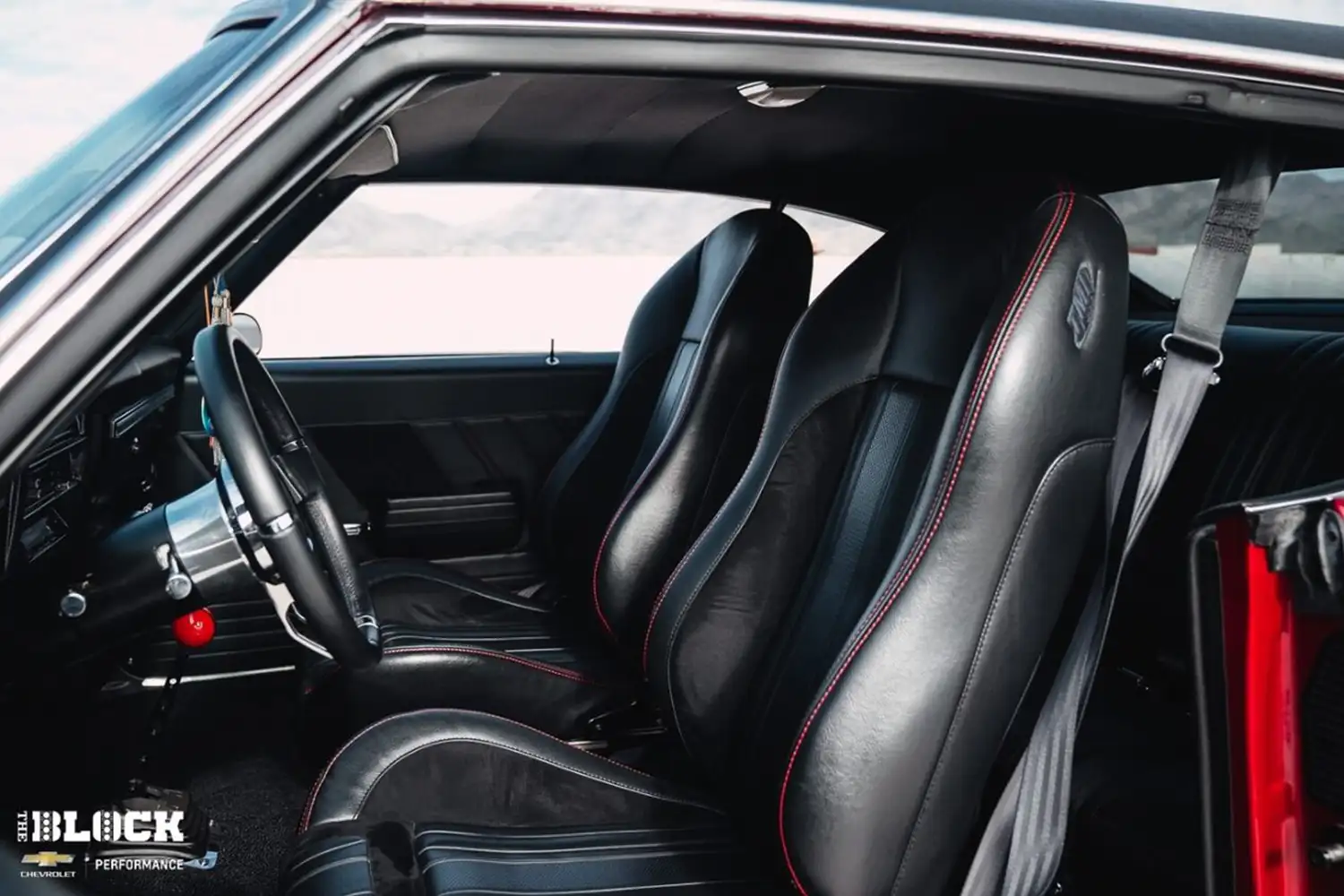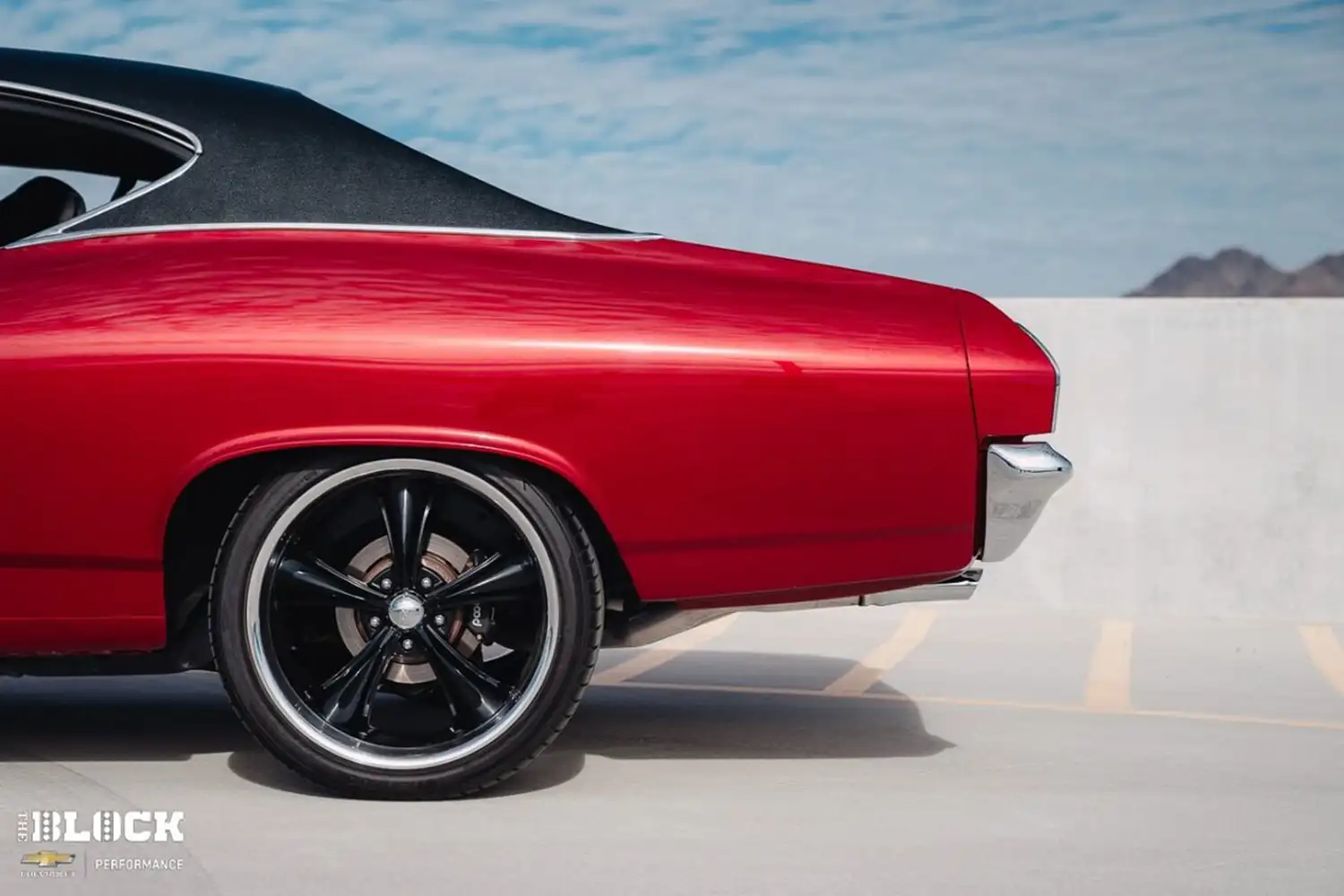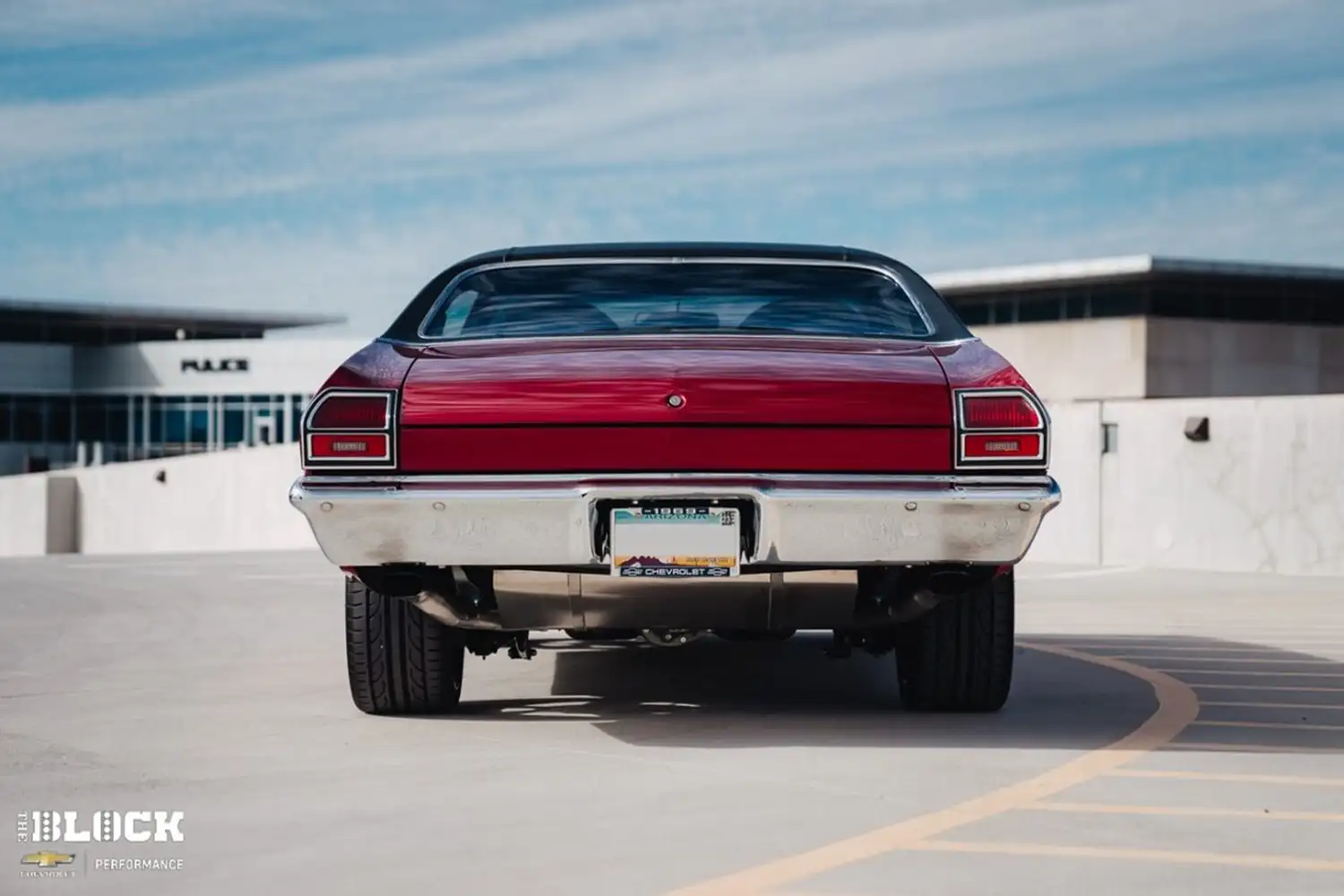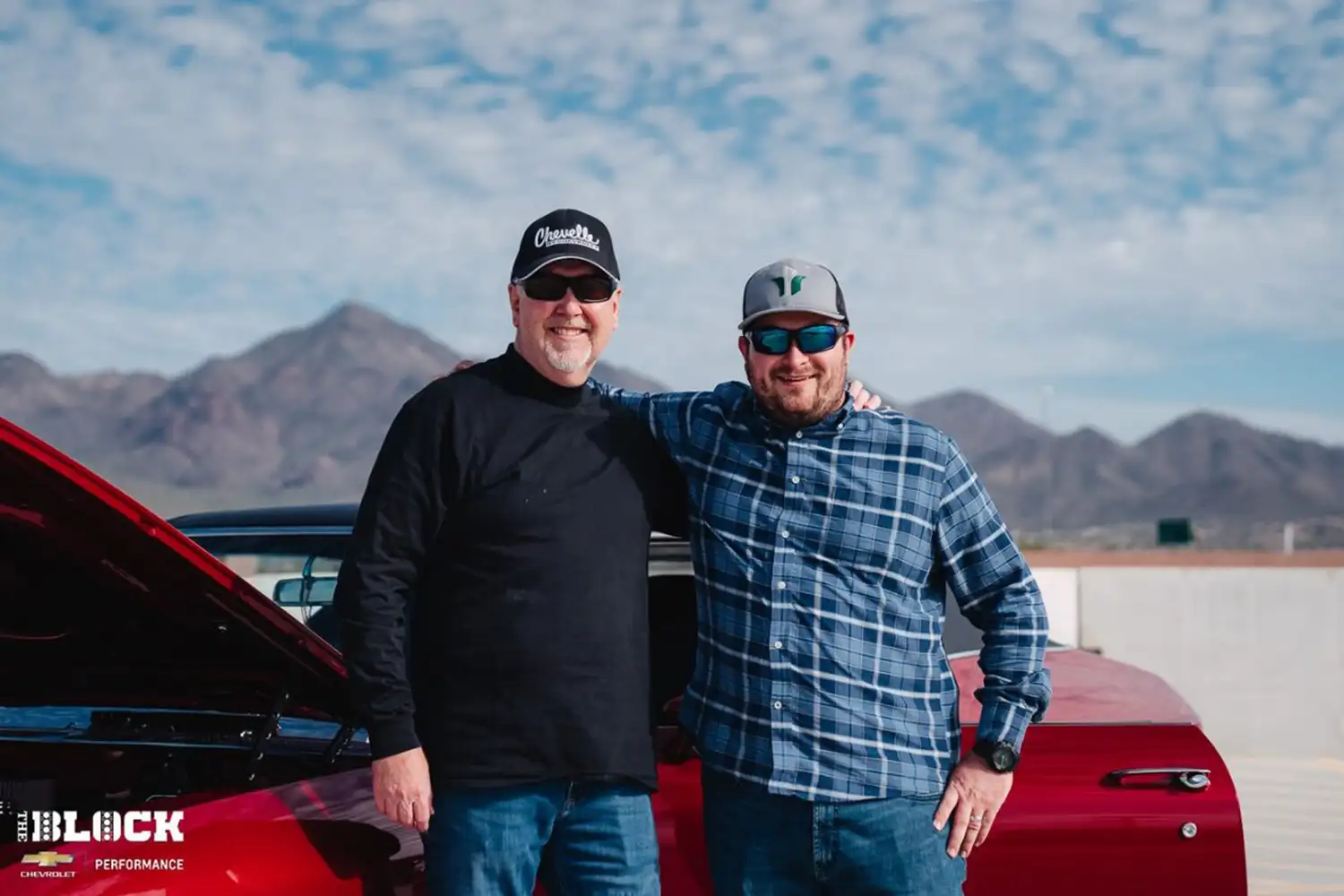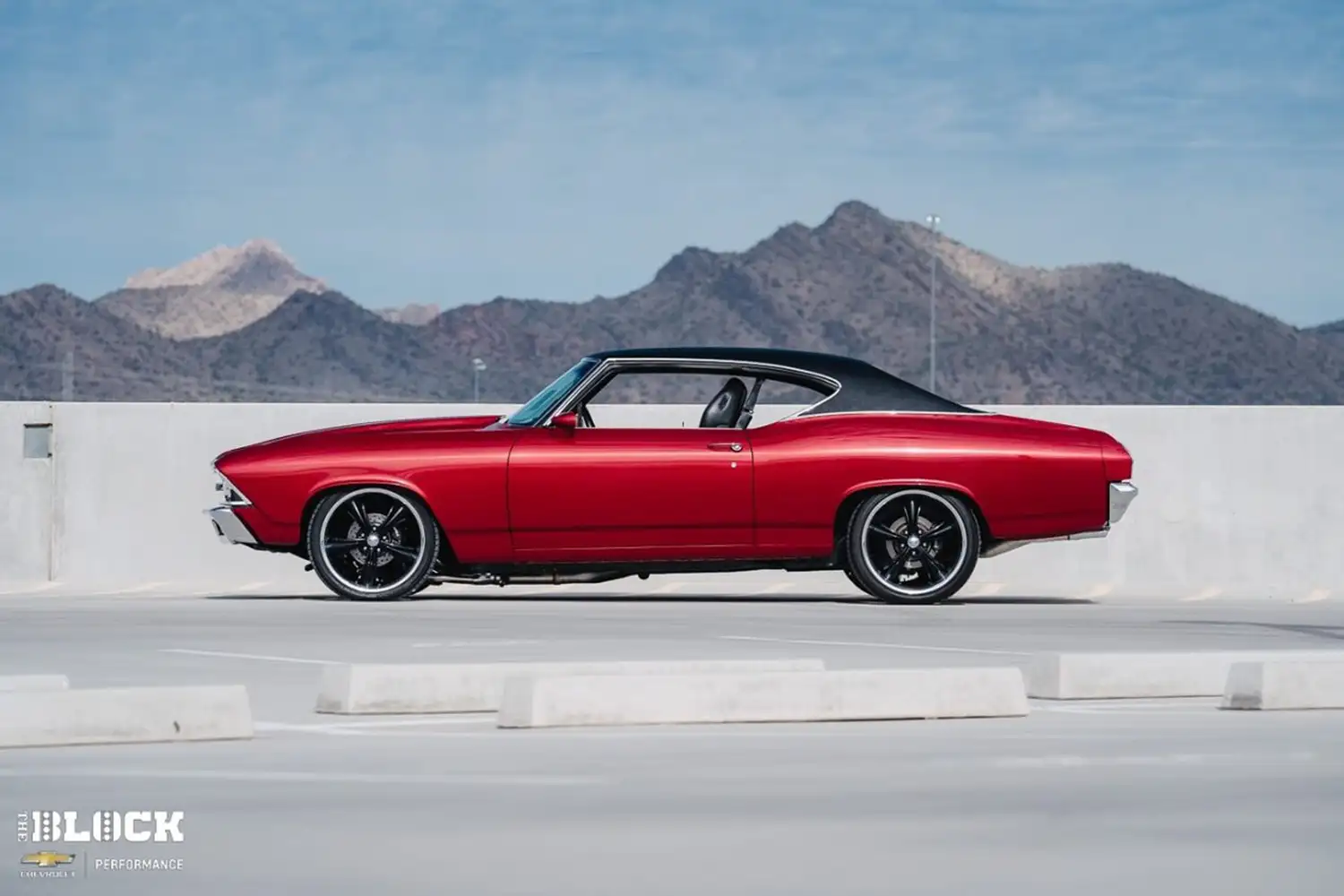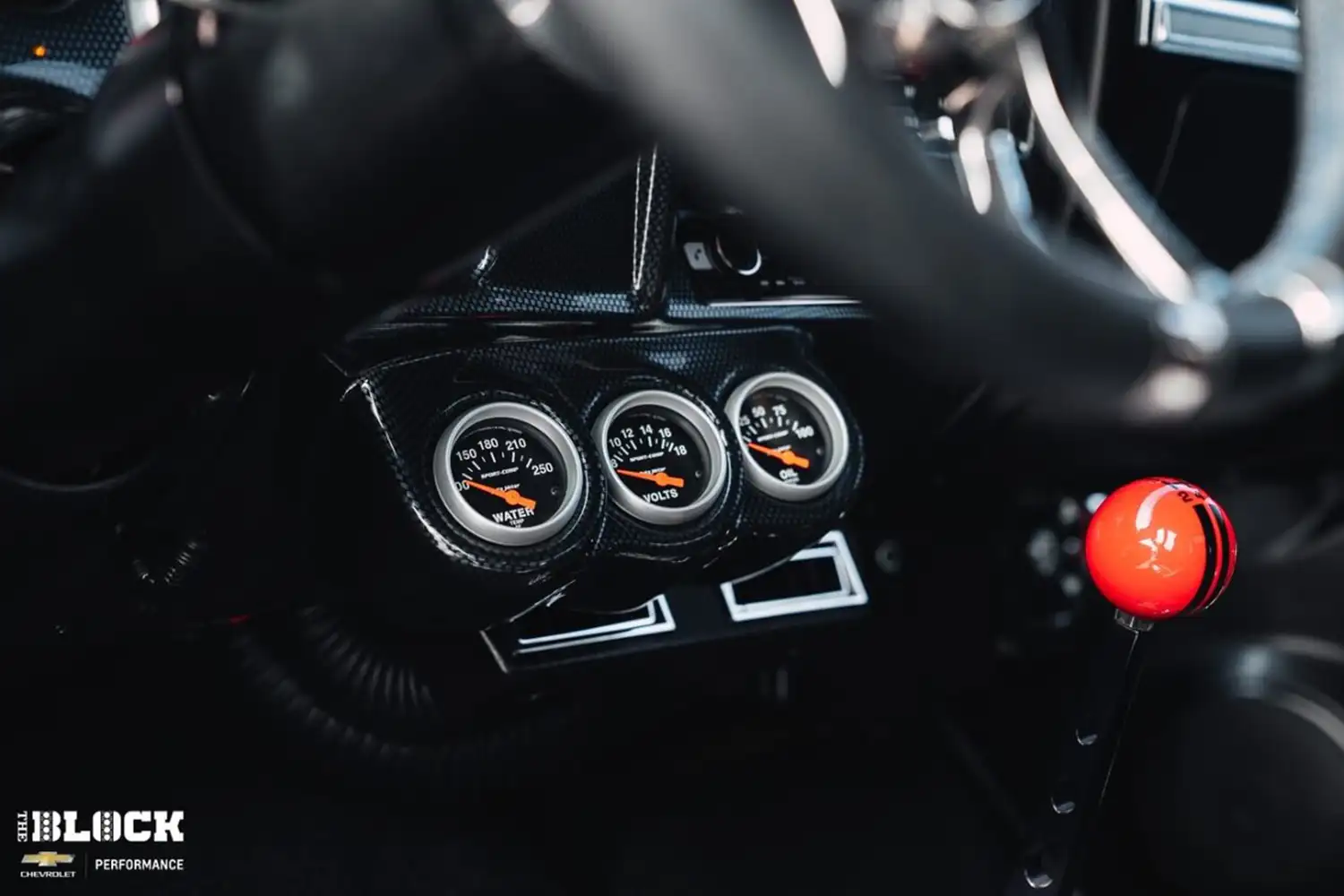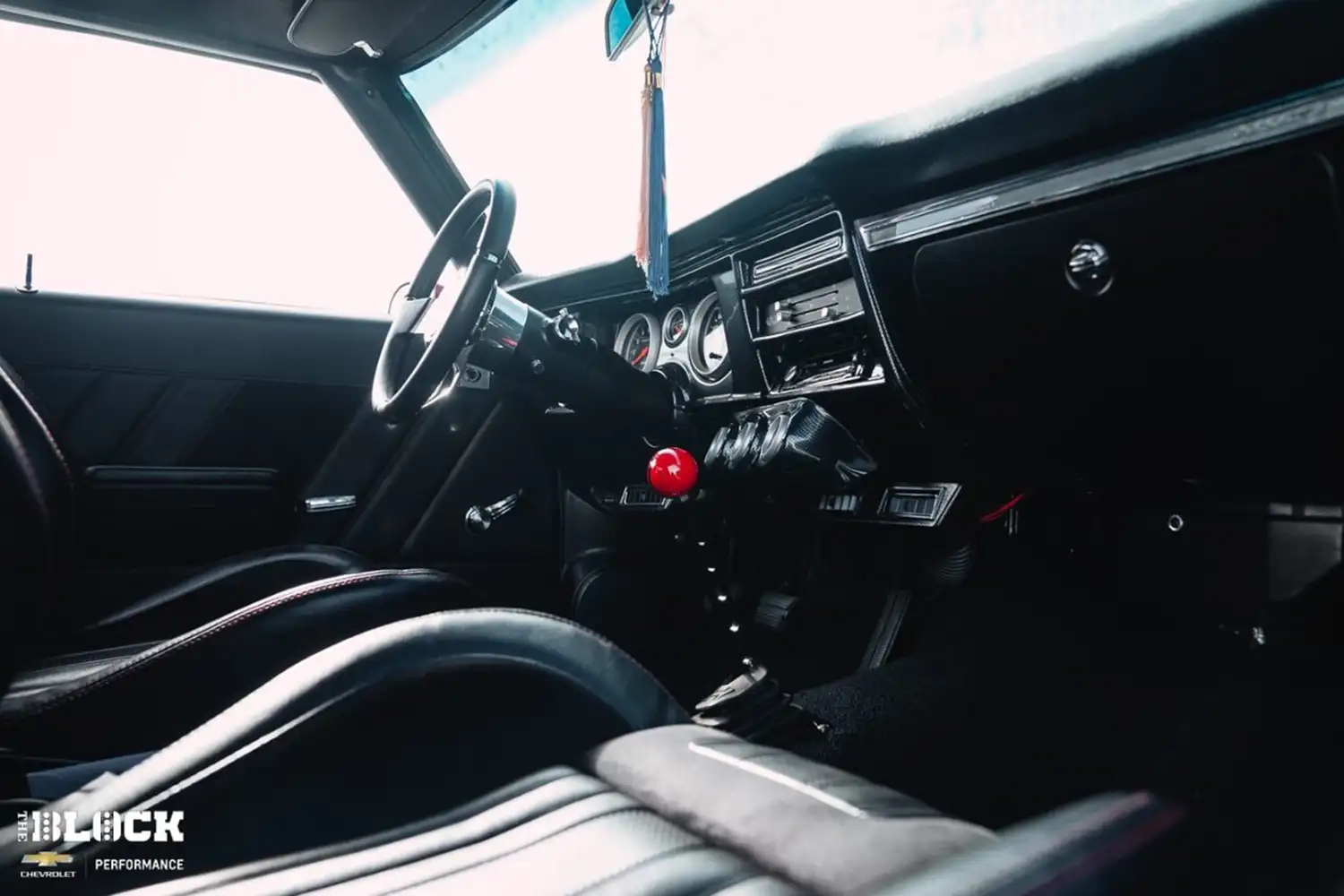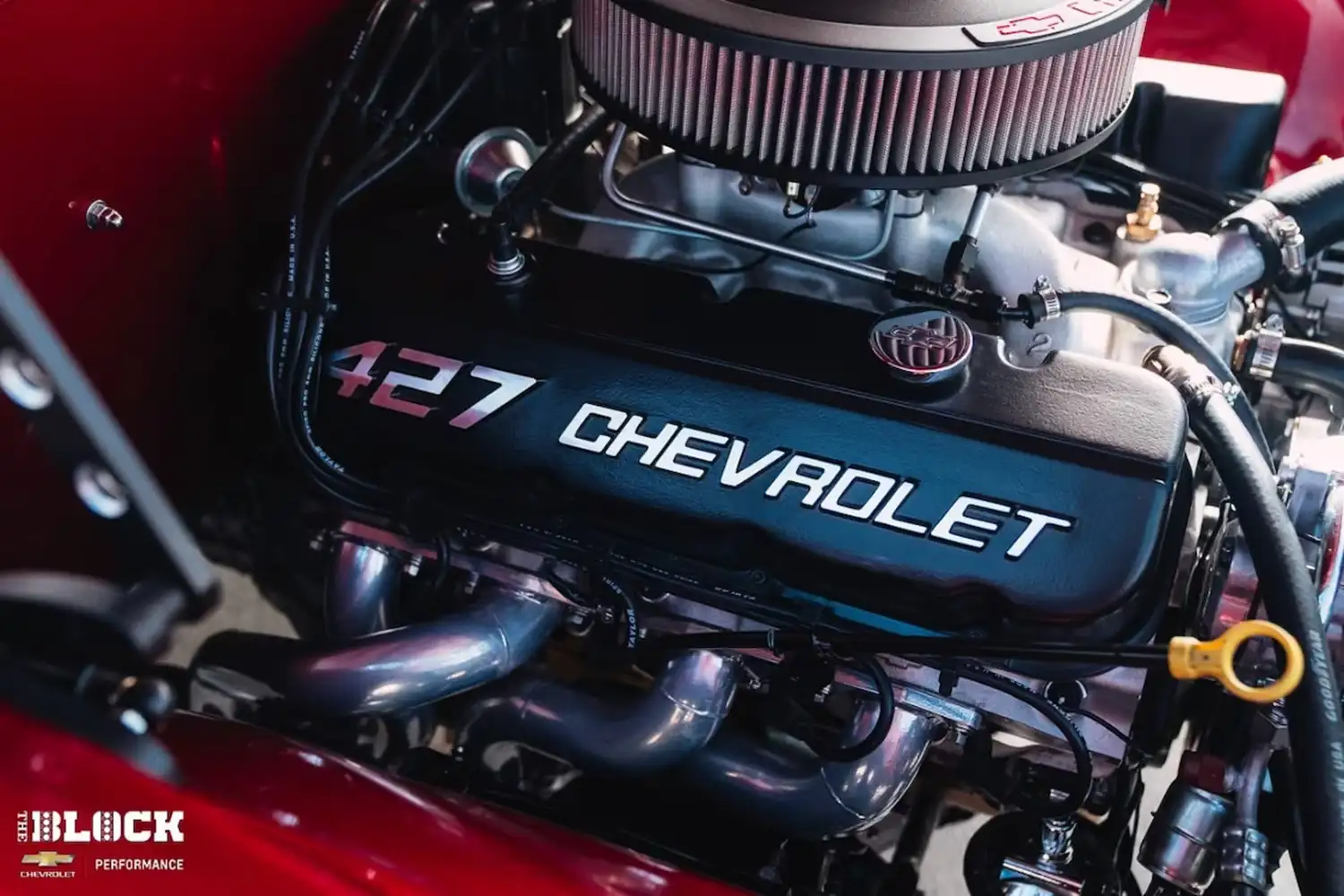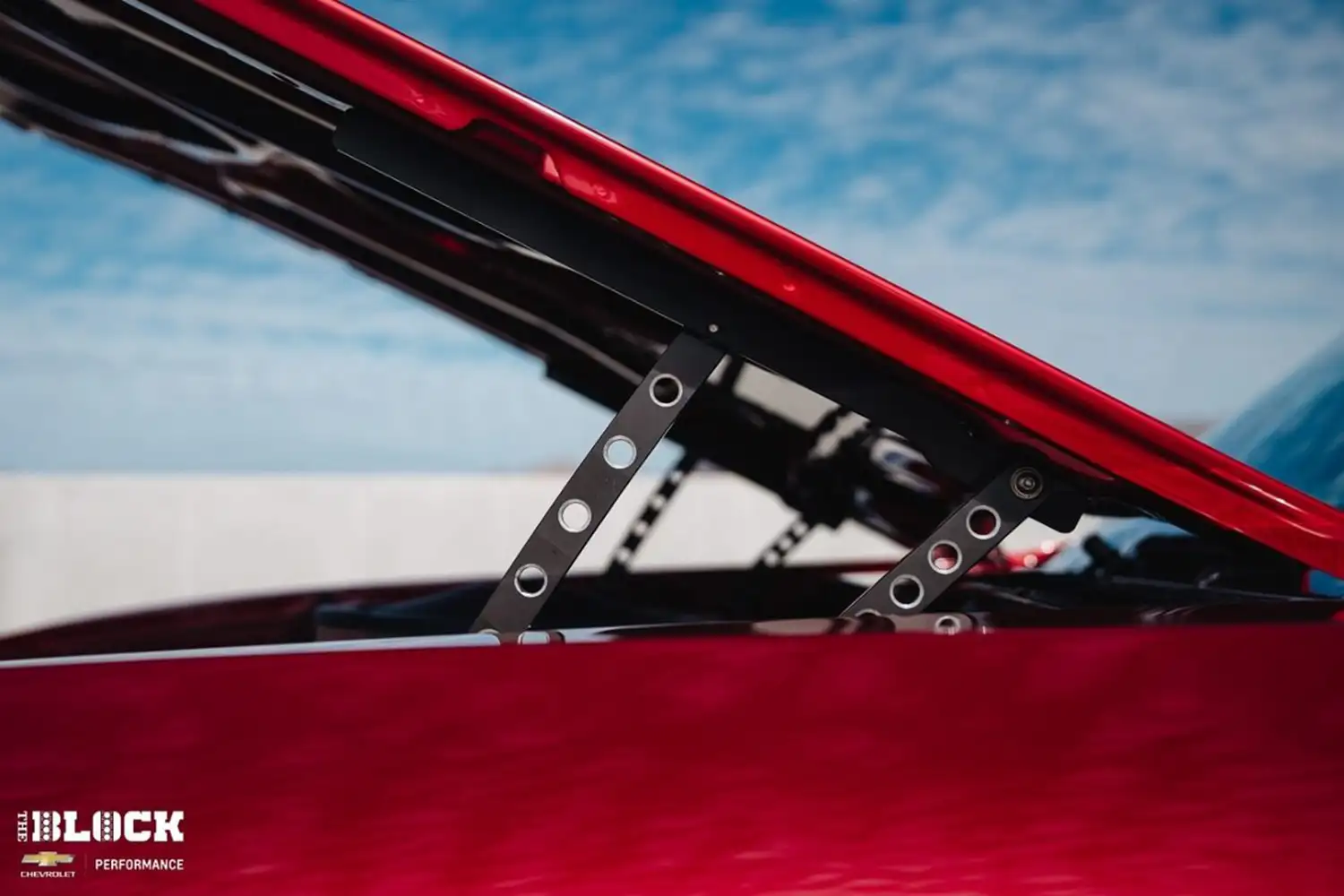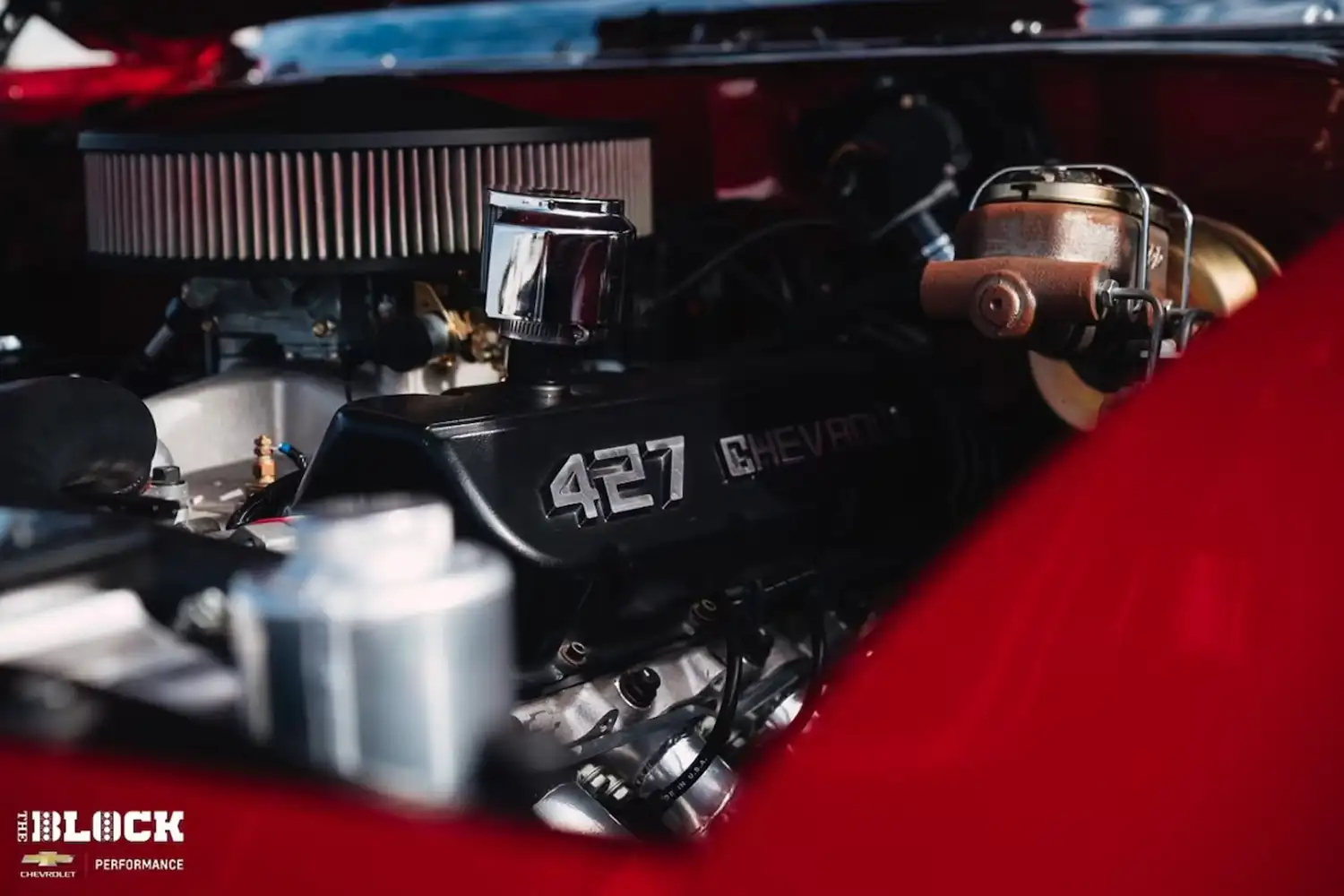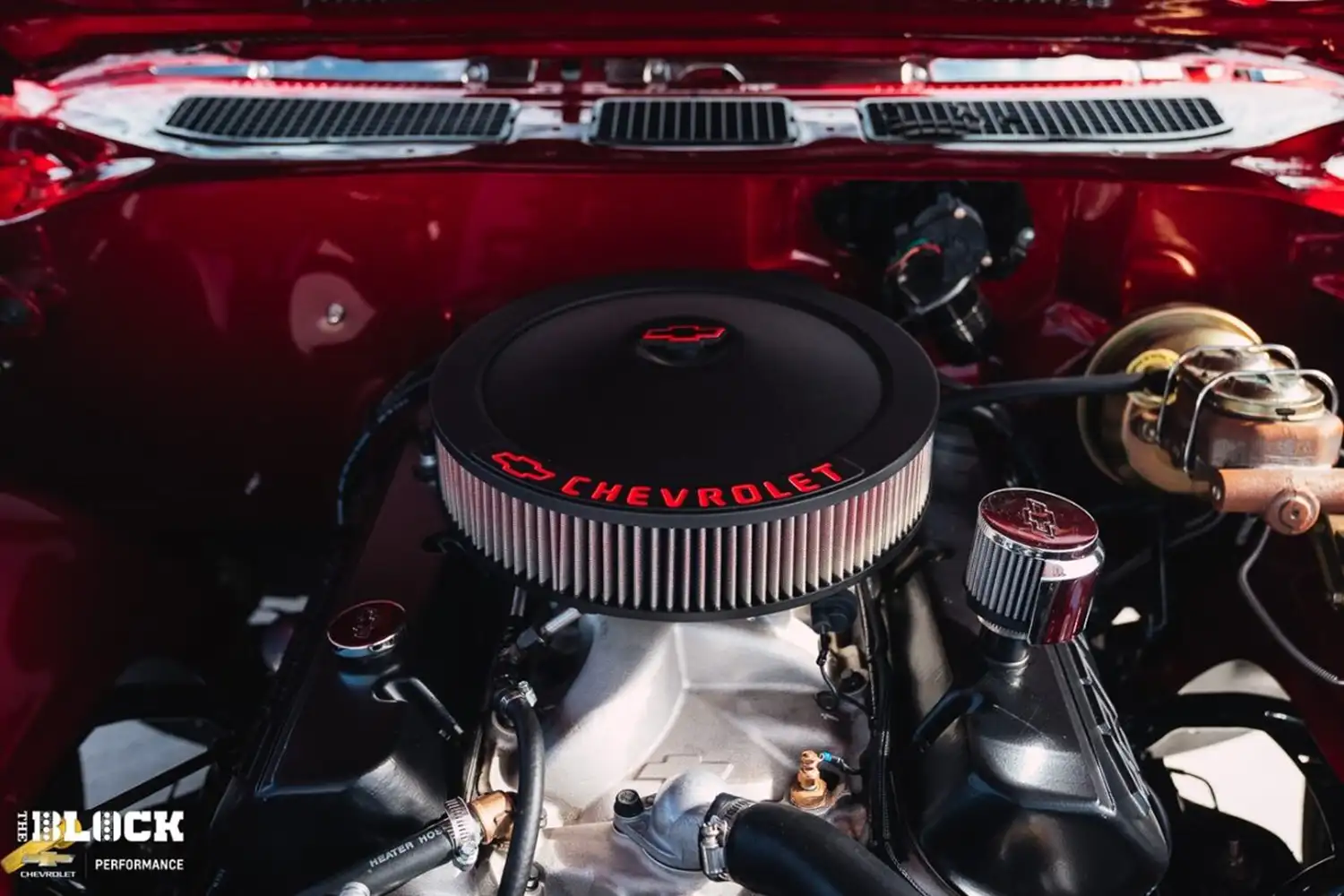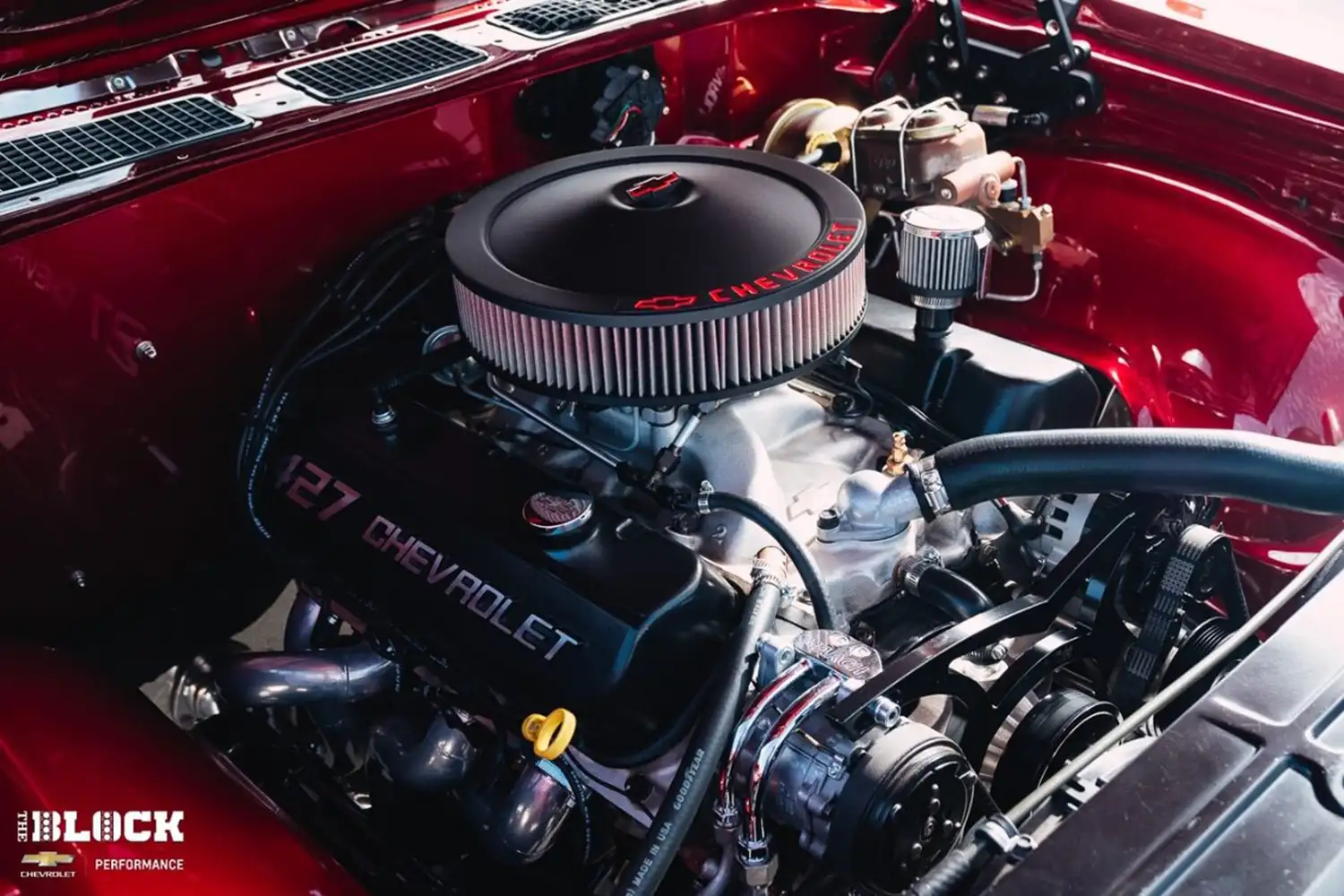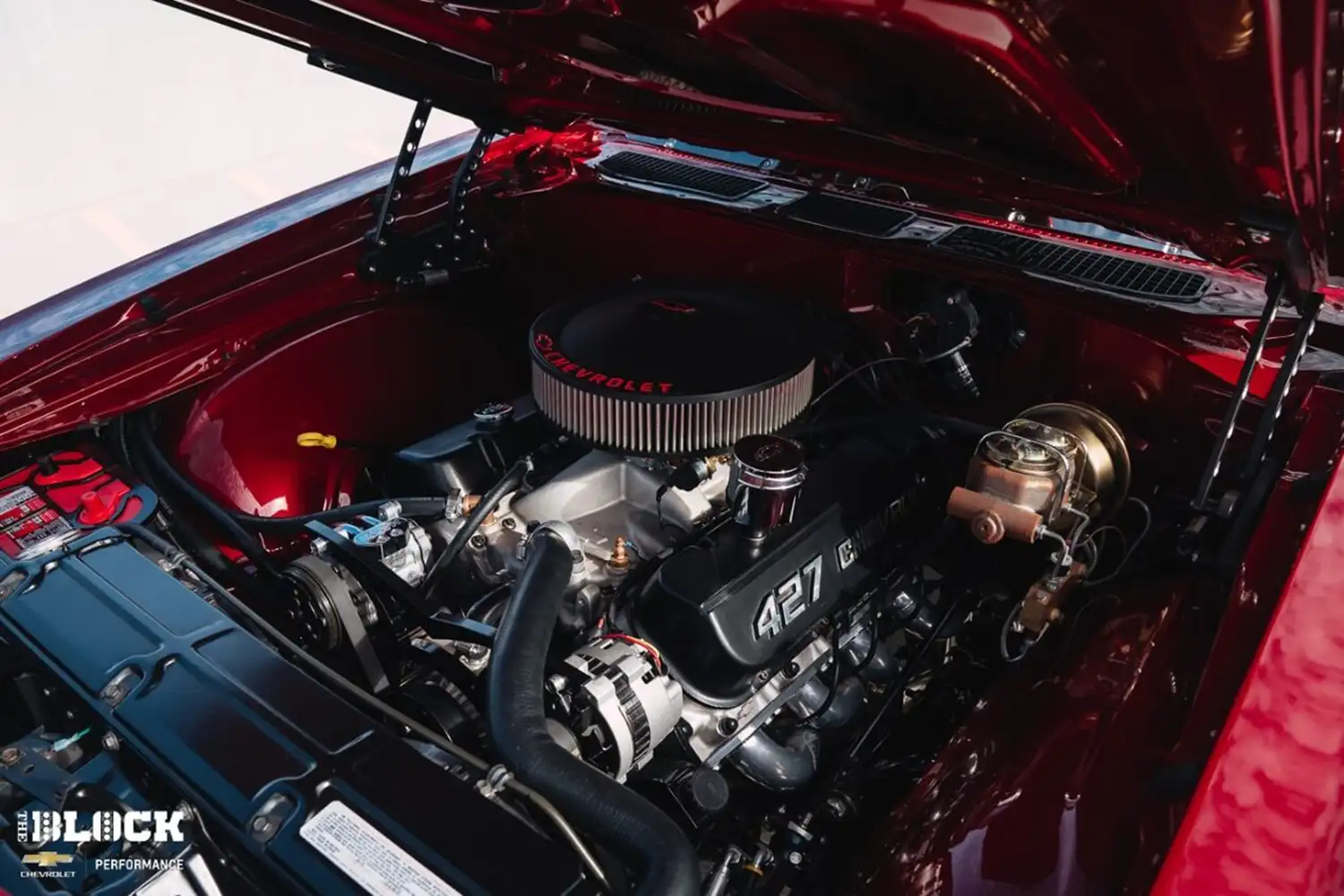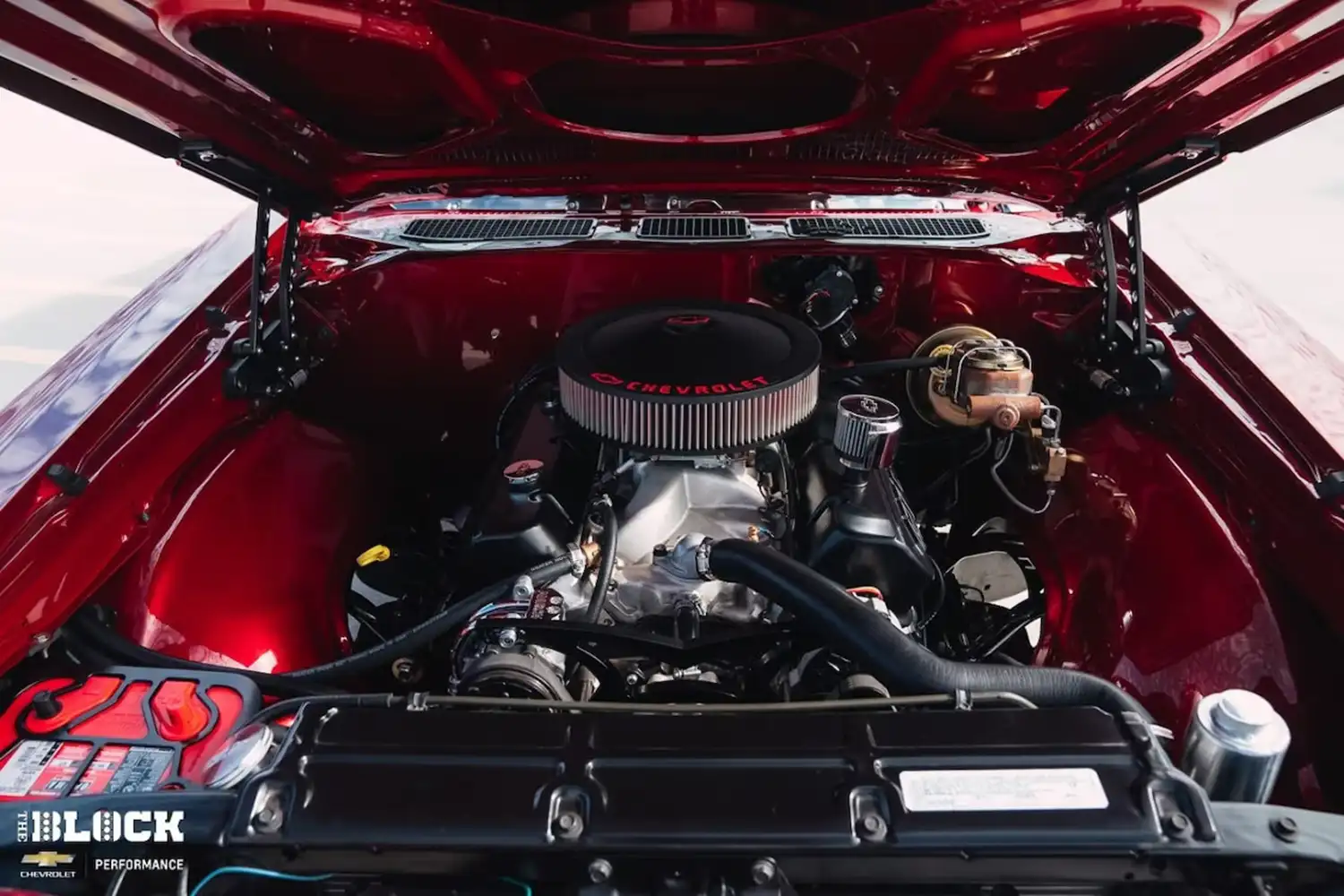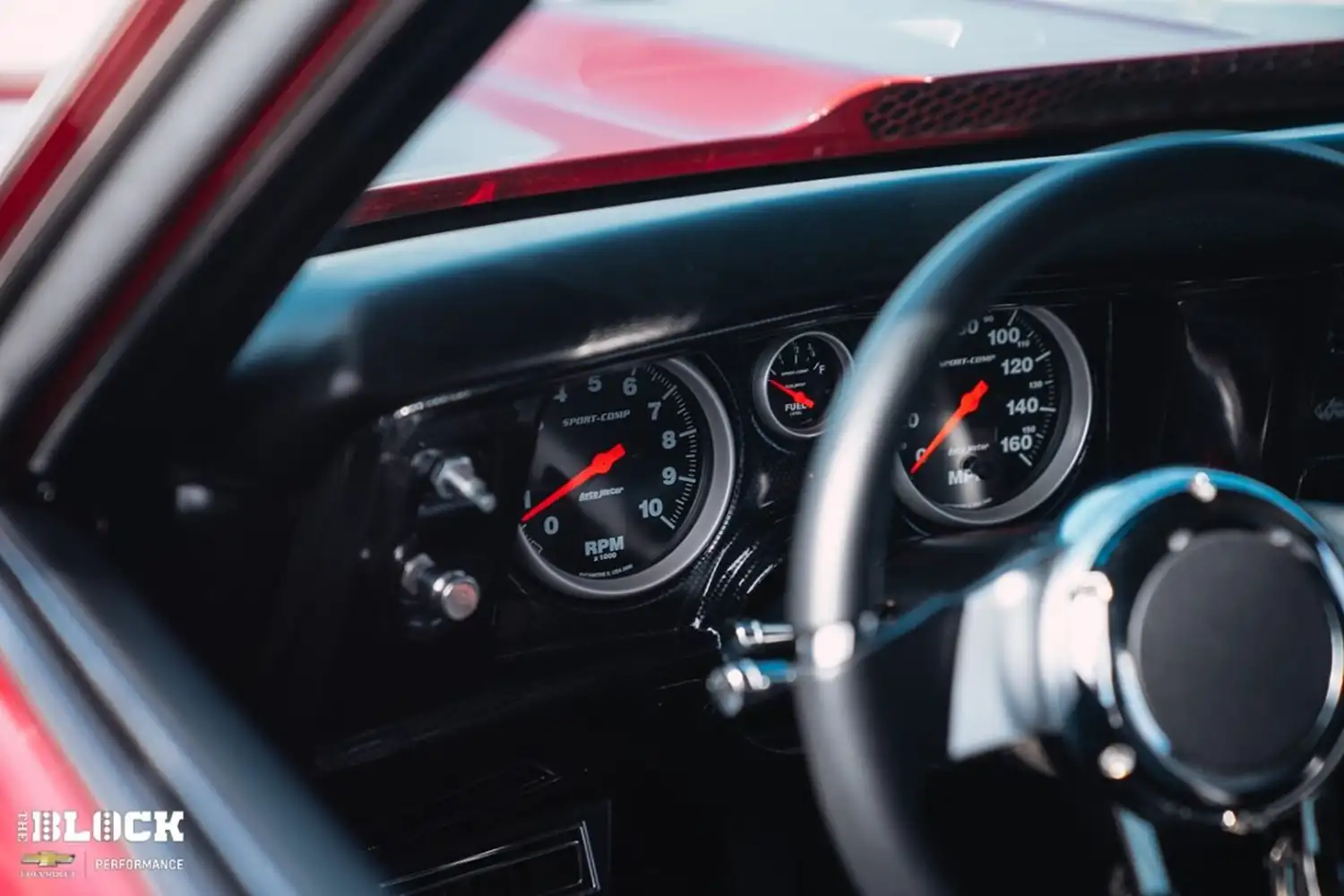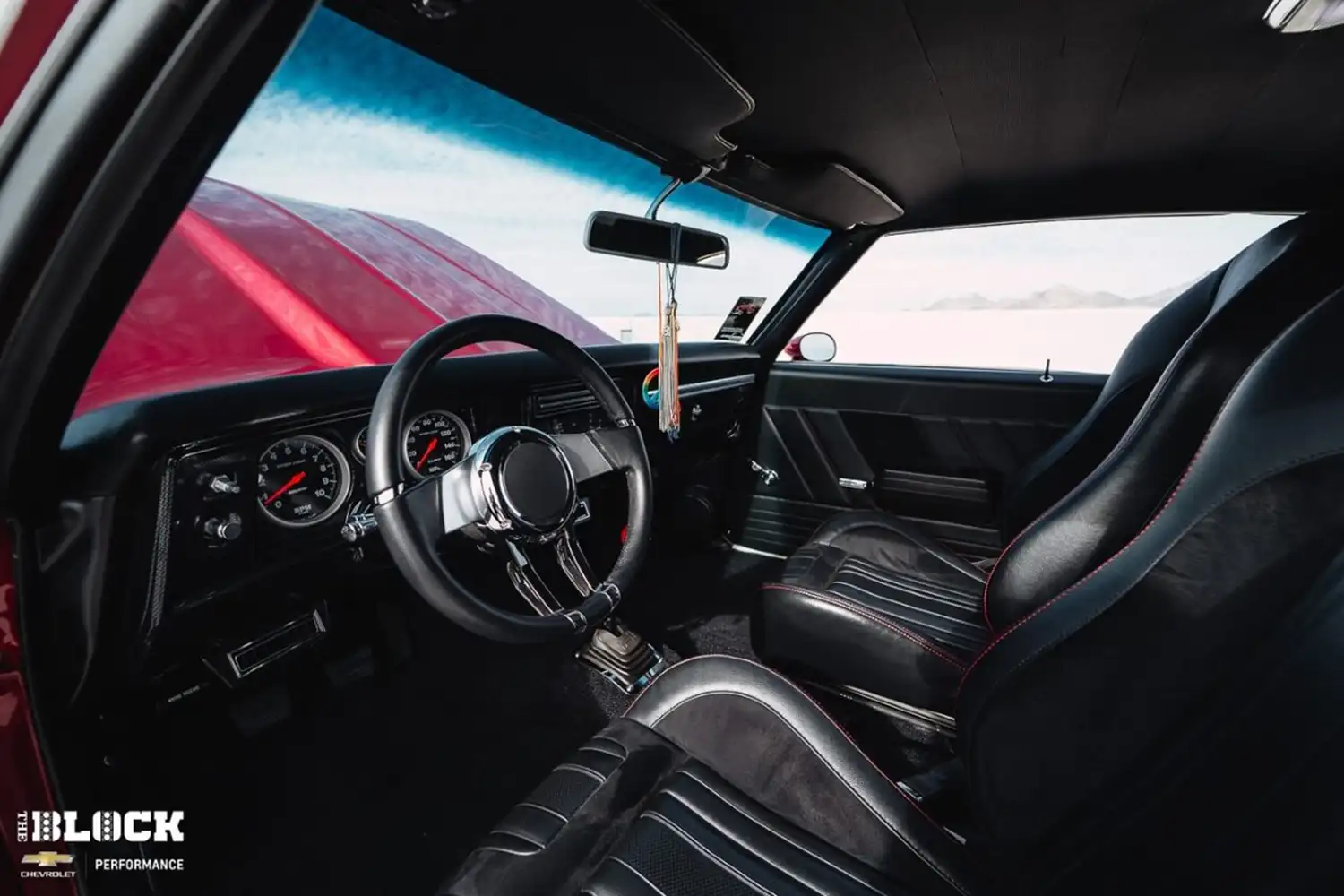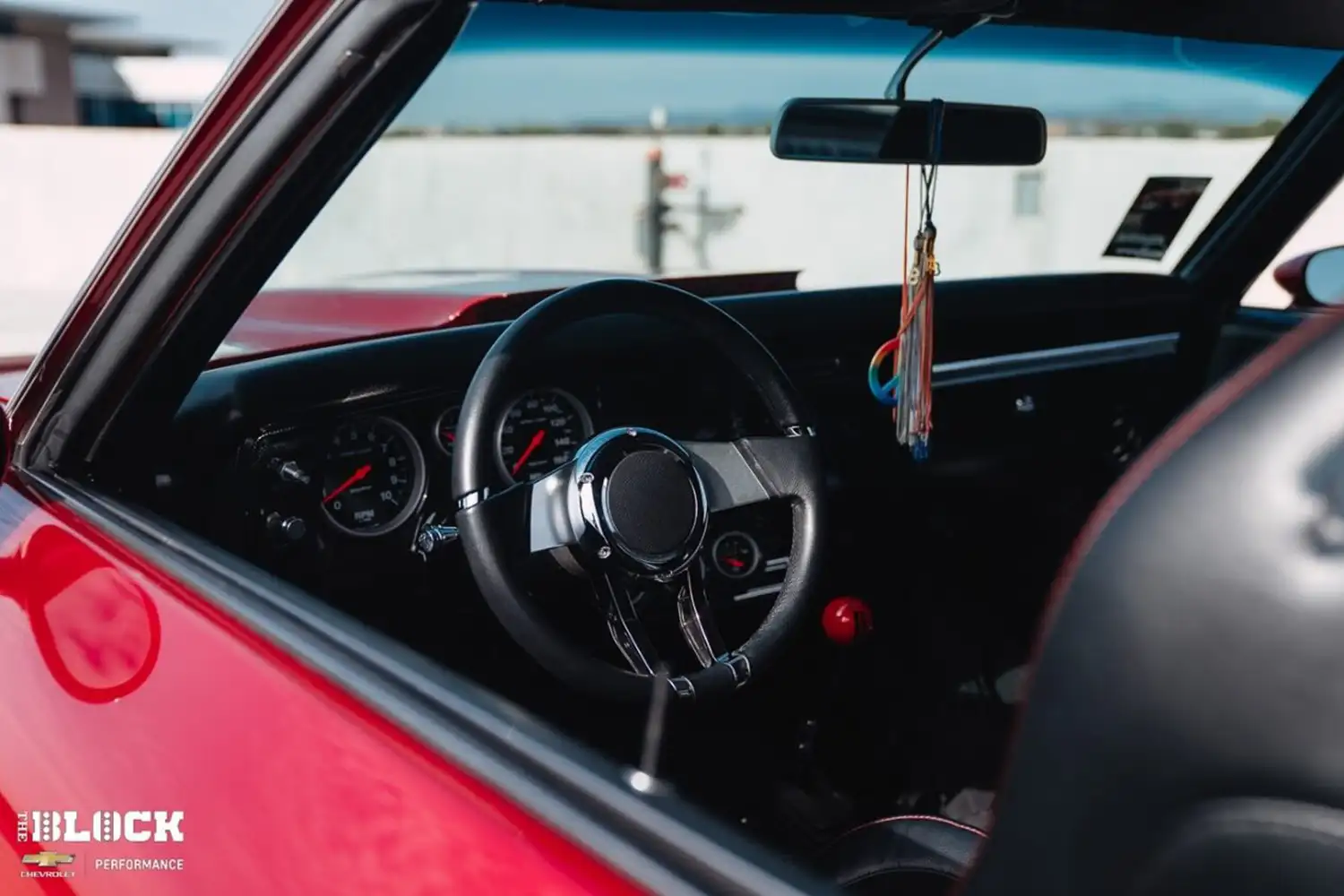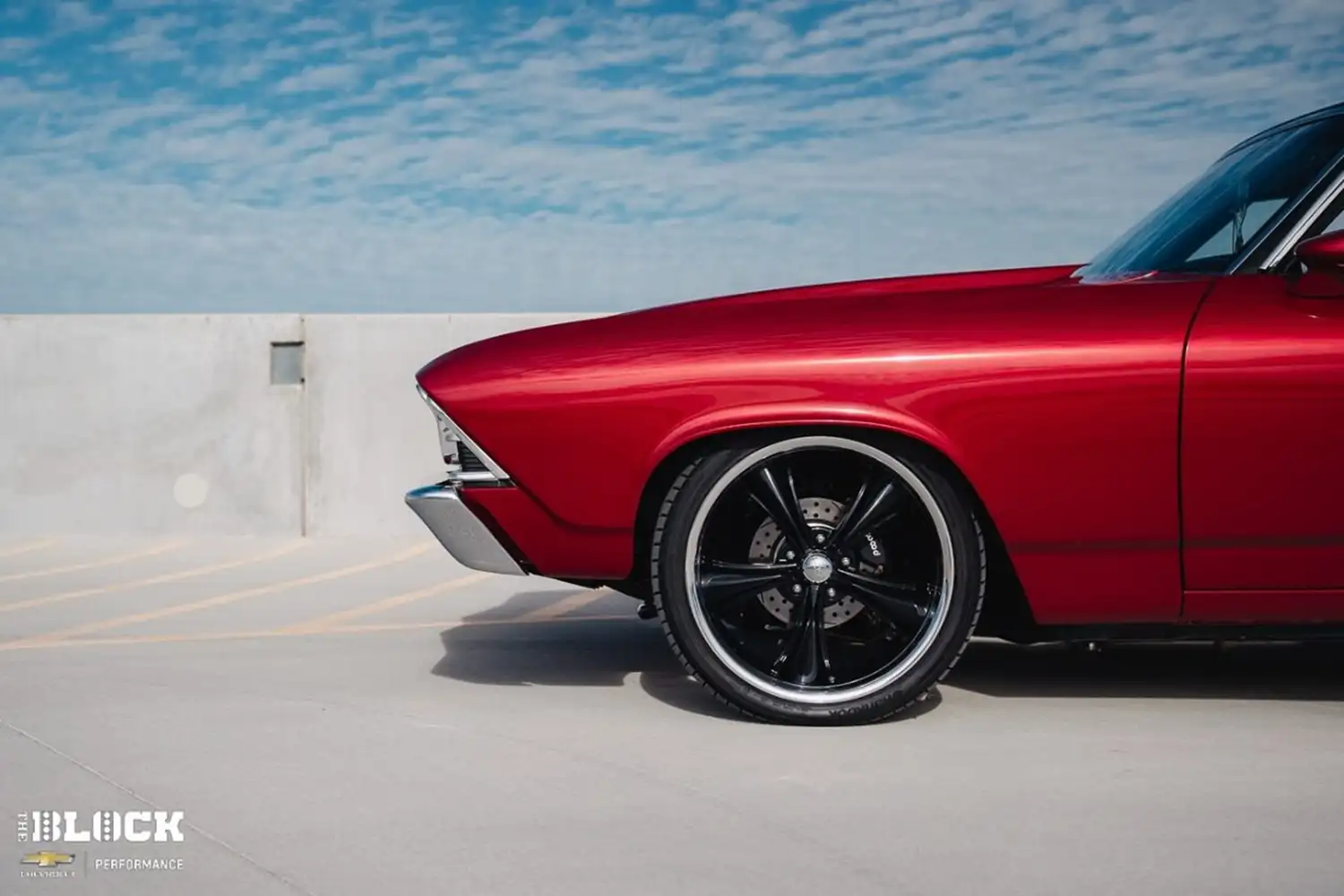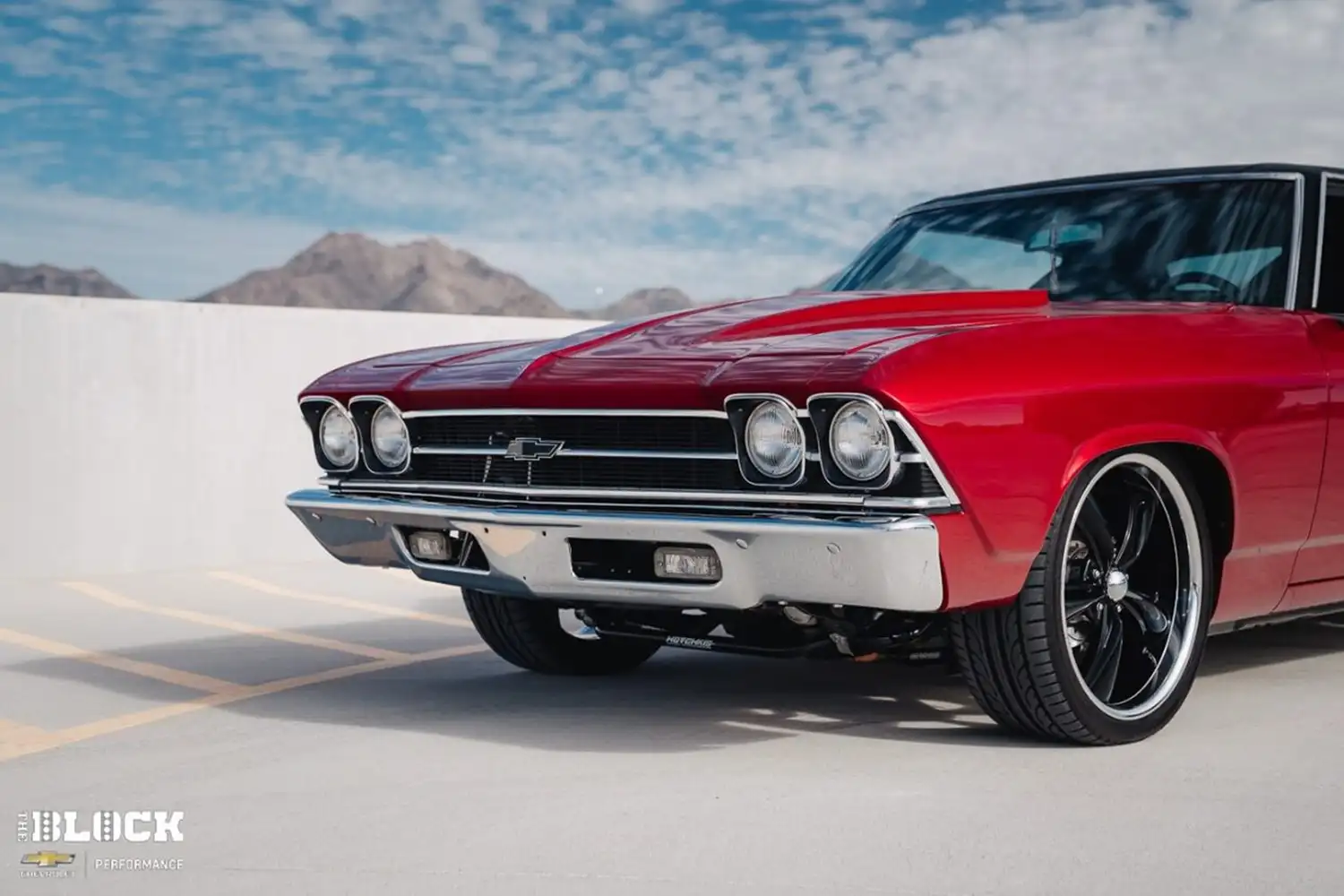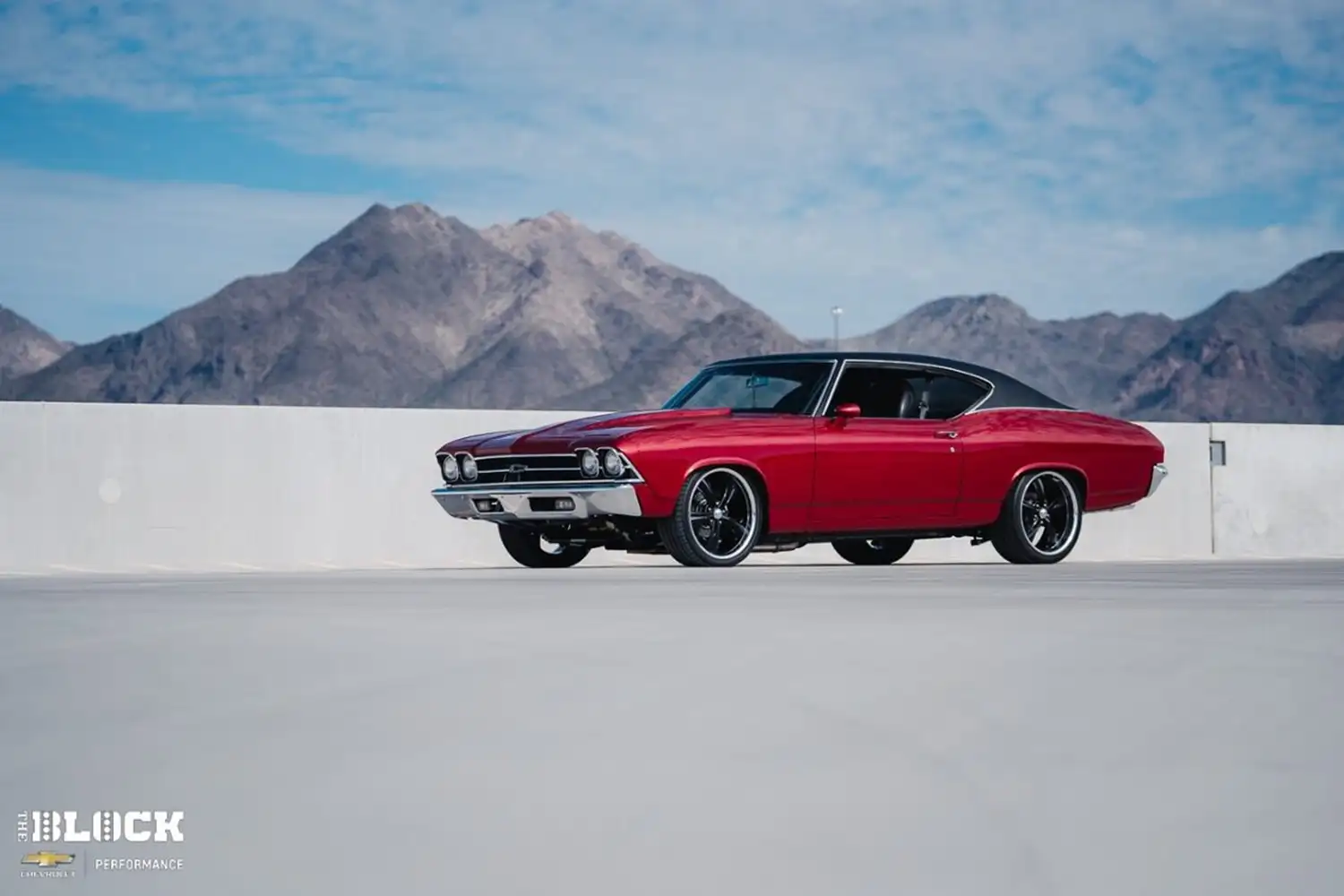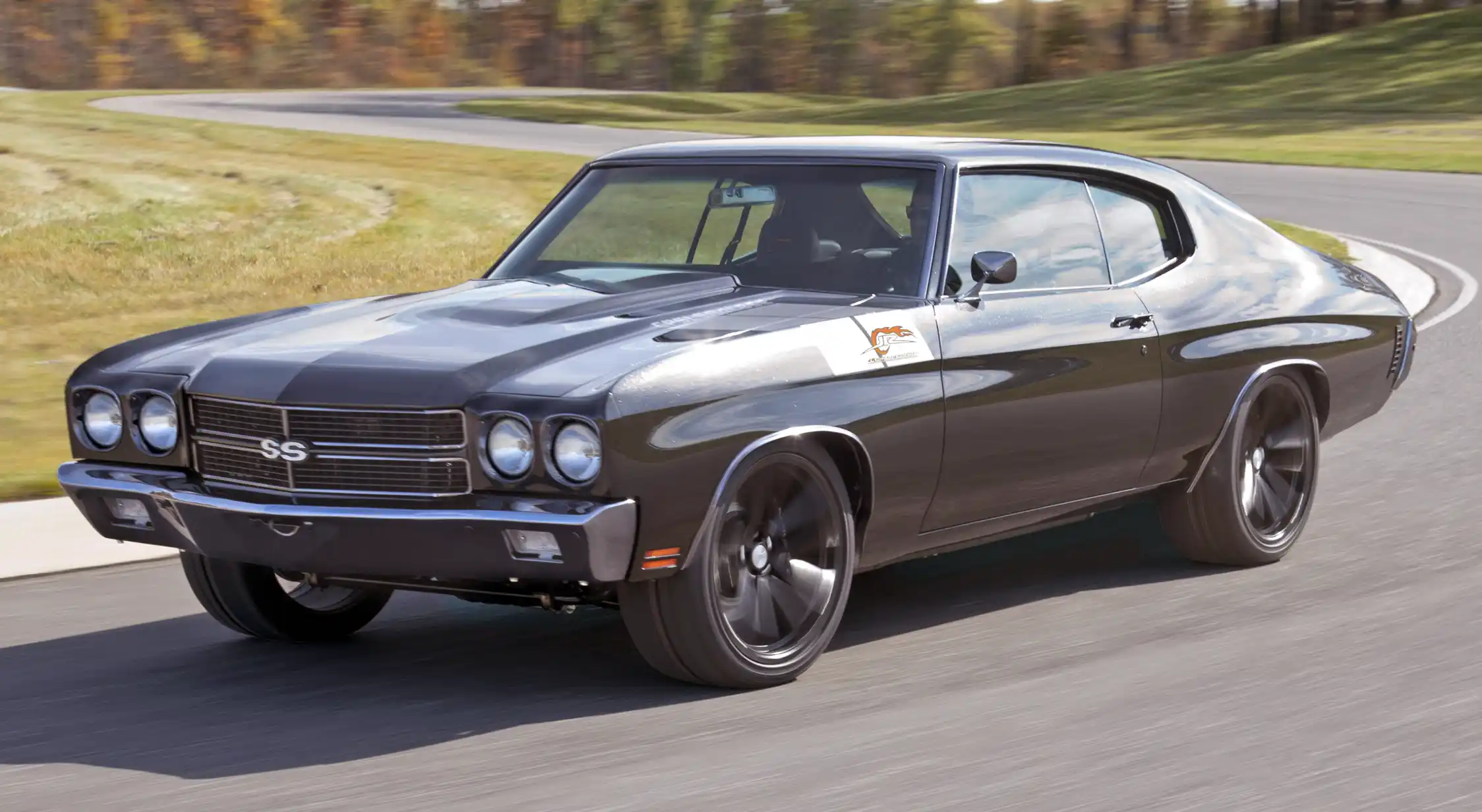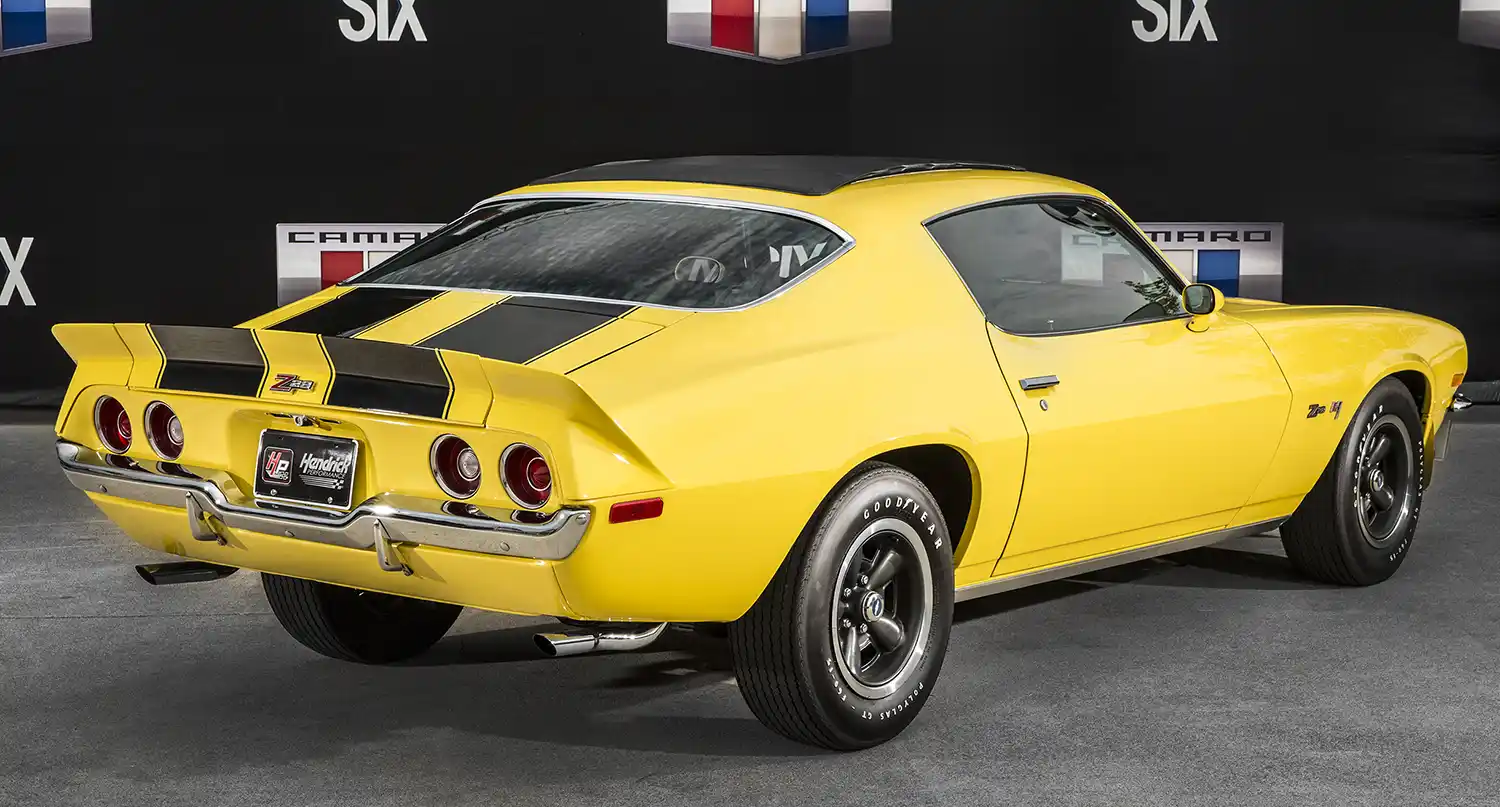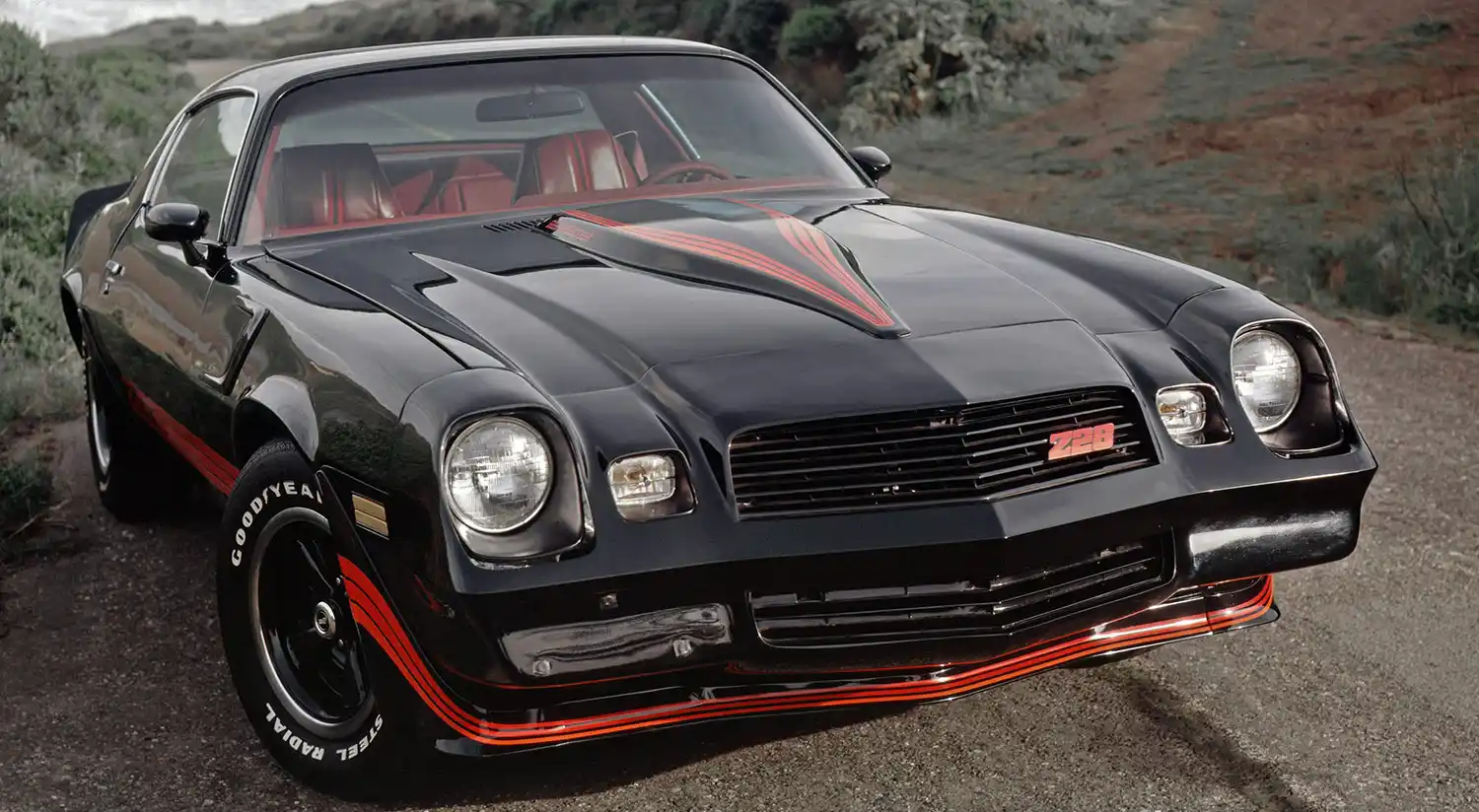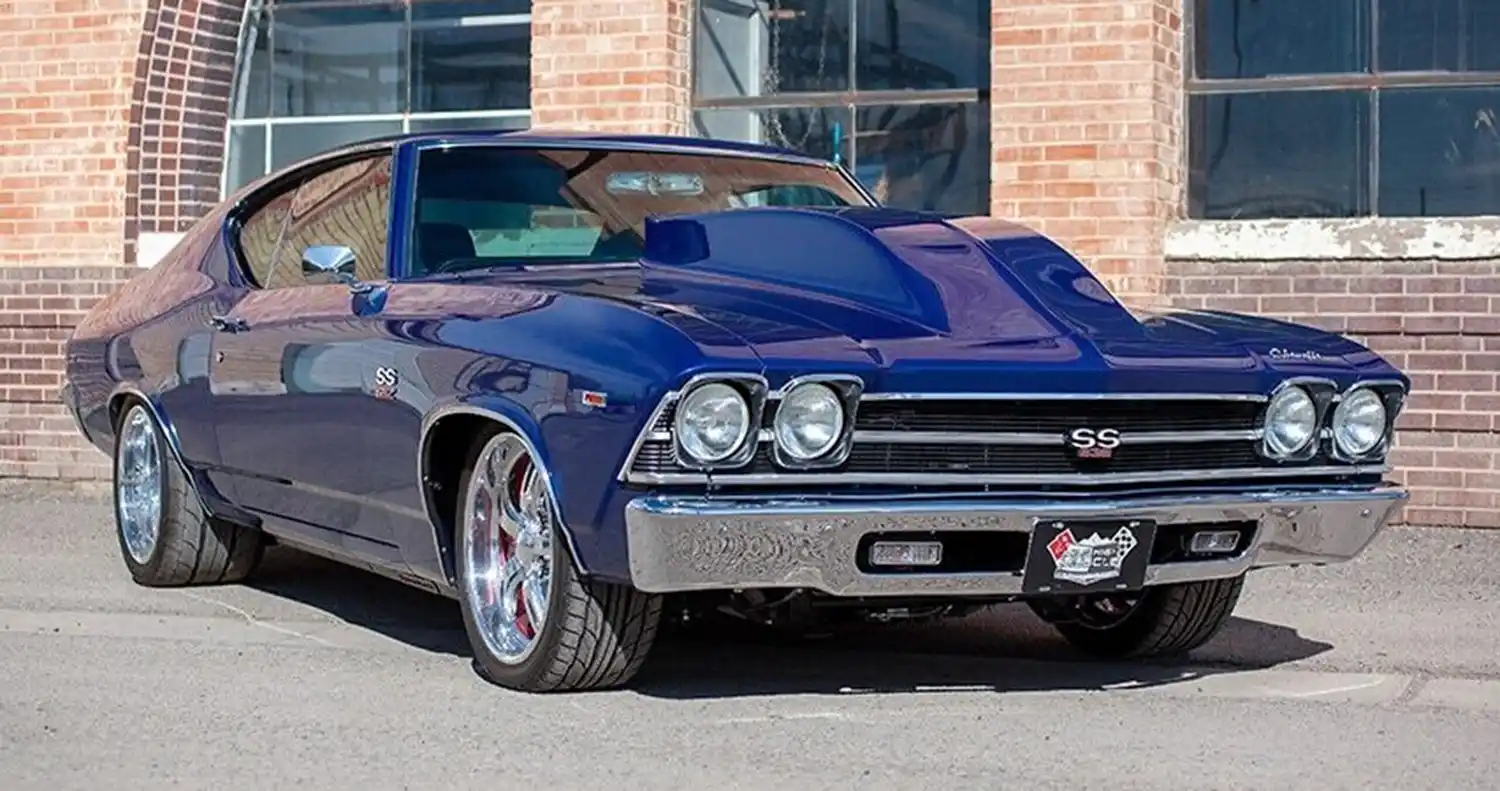
A Lifelong Passion
Cory Larsen’s love for Chevrolet muscle cars began in high school with his first car, a 1969 Chevelle. Almost five decades later, he’s on his fourth ’69 model, showcasing his enduring passion for the vehicle.
Early Years and Influences
Growing up in northern Utah, Larsen and his friends spent weekends playing with their GM cars. His group of friends included owners of a ’67 Chevelle, a ’67 Pontiac Firebird 400, and a ’69 GTO, creating a shared enthusiasm for classic cars that has lasted a lifetime.
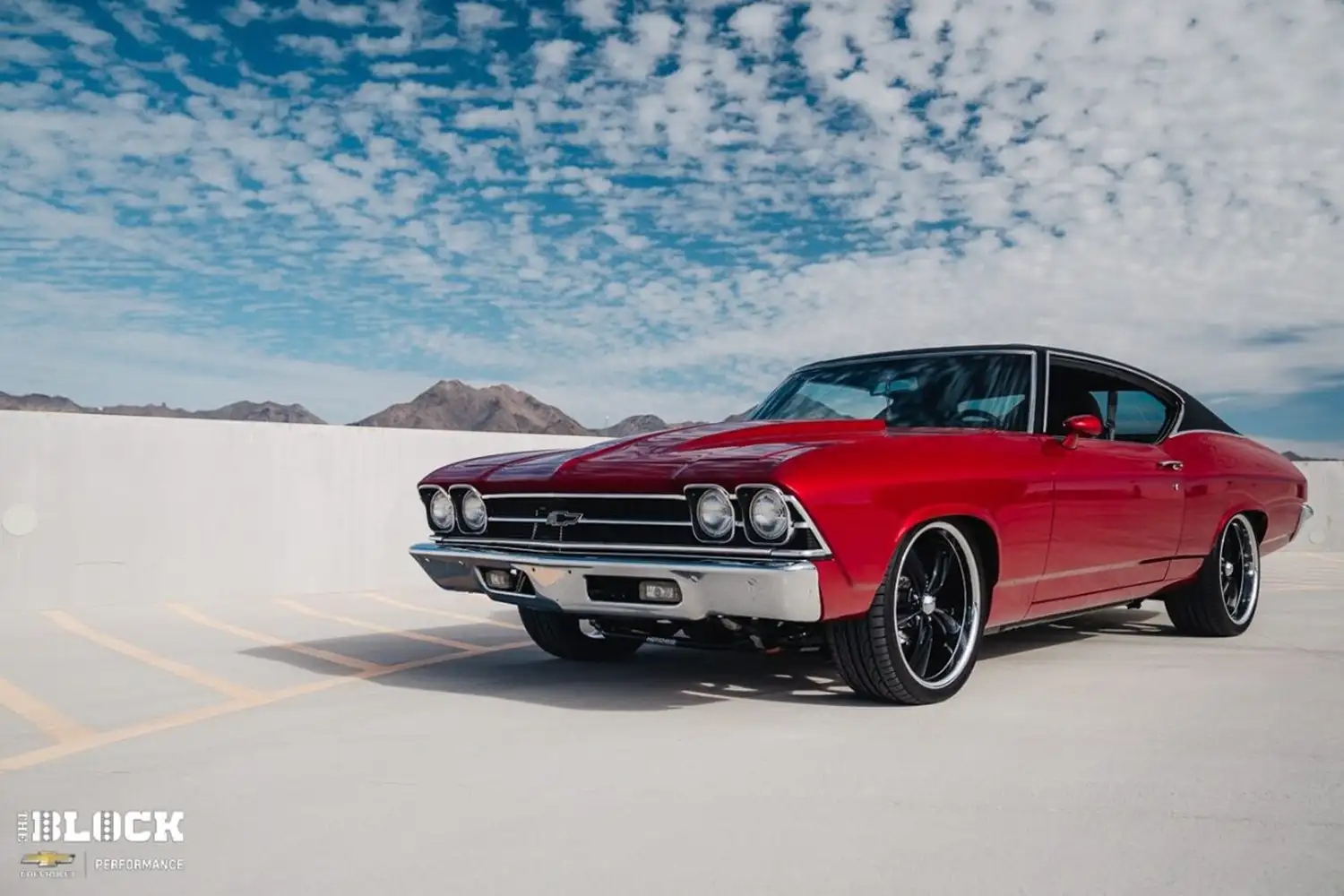
Modern Restomod Build
Larsen’s current red Chevelle is a restomod build featuring modern upgrades while maintaining the car’s classic appeal. The centerpiece is a Chevrolet Performance ZZ427/480 crate engine, chosen for its blend of modern technology and respect for the car’s vintage roots.
Preserving the Original
Purchased from a broker in Texas, the car had spent 42 years with its original owner in Springfield, Illinois, accumulating just 17,000 miles. Larsen and his team at Hunter’z Body Shop in Mesa, Arizona, undertook a full frame-off restoration, discovering pristine sheet metal and maintaining many original elements.
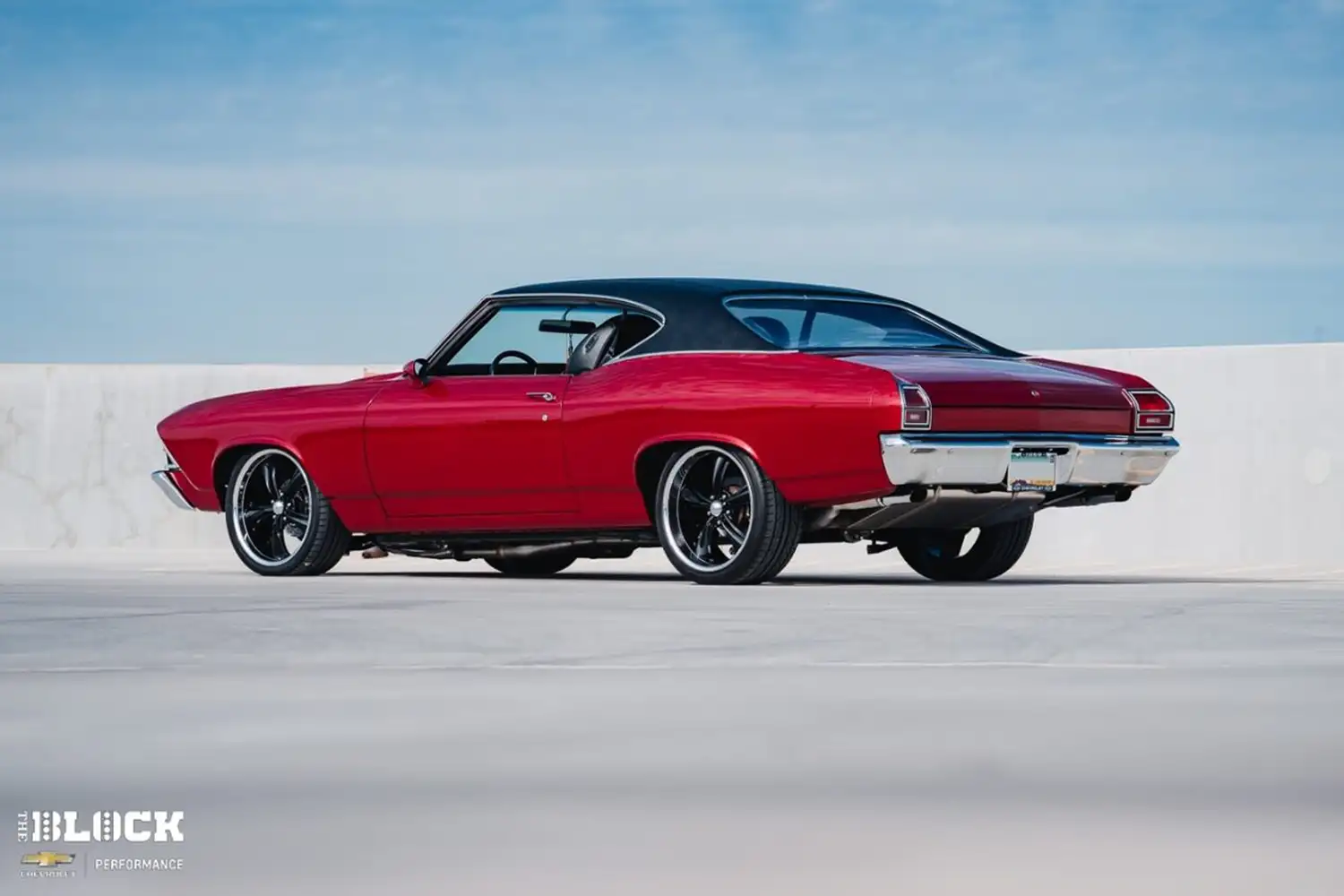
The Build Process
Darrell Meister of Arizona Pro Touring helped transform the Chevelle into a modern masterpiece while keeping the original frame. The restoration included sandblasting and powder-coating the frame, reinforcing it with welding for added strength, and integrating modern components.
Exterior and Interior Enhancements
The car’s exterior was repainted in Corvette Crystal Metallic Red, retaining its black vinyl top. Original stainless steel was re-polished, bumpers re-chromed, and 1970 Camaro mirrors were added. Inside, Larsen chose a custom black interior with red accent stitching from TMI, featuring a Vintage Air A/C system, a Classic Thunder Road carbon-fiber dash, and a Kenwood stereo.

Family and Community Involvement
Larsen, who retired after 35 years in the aerospace industry, attends Goodguys Rod & Custom Association shows at WestWorld of Scottsdale with his son Joseph, a mechanical engineer and YouTube channel host of Joko Engineering.
Engine and Performance Shortlist
- Engine: Chevrolet Performance ZZ427/480
- Transmission: TREMEC TK0 600 five-speed manual
- Clutch: American Powertrain Science Friction Stage 1 Street Slayer ceramic clutch
- Driveshaft: Seamless DOM race-balanced steel
- Rear End: Strange S60 with TrueTrac differential
- Suspension: Hotchkis Stage 2 TVS system
- Wheels: 20-inch Boss 338
- Tires: Hankook 245/40ZR20 (front), 275/35ZR20 (rear)
- Brakes: Wilwood (14-inch rotors with six-piston calipers front, 10-inch rotors with four-piston calipers rear)
- Paint: Corvette Crystal Metallic Red
Larsen’s Chevelle remains a standout at car shows, embodying a perfect blend of classic appeal and modern performance. “It’s just a great-looking car,” Larsen said. “I love it.”
